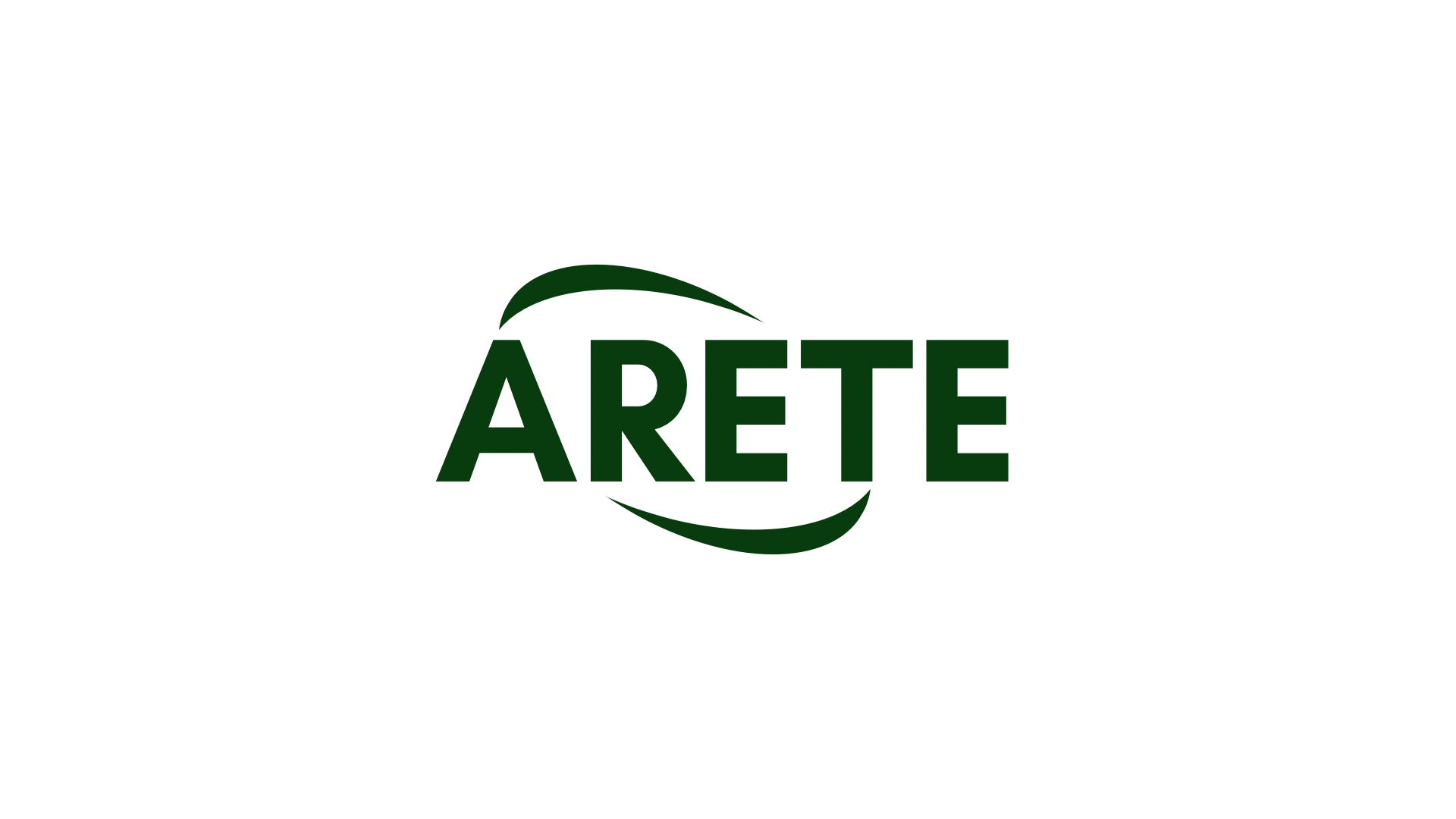Creating Signed API Calls in Swift: Understanding HMAC-SHA256
As a developer, you probably know the importance of authentication and security in your APIs. One of the key aspects is generating signatures for requests to verify authenticity and prevent tampering. In this article, we will look at how to create signed API calls using Swift and HMAC-SHA256.
What is HMAC-SHA256?
HMAC-SHA256 (Keyed-Hash Message Authentication Code with SHA-256) is a cryptographic algorithm that combines a secret key with a message (in our case, the hashed request data) to generate a fixed-size signature. This signature can be used for authentication and verification purposes.
Creating a signed request in Swift
To create a signed API call, you need to:
- Encode the request data: Create an encoded representation of the request data using a library such as
Dataor a custom implementation.
- Generate a secret

: Use a secure method (e.g. using the
secretsstructure) to generate a private key to sign.
- Create a signature: Use the HMAC-SHA256 algorithm to compute a digital signature based on the encoded request data and the secret.
Sample code: signed API call in Swift
import Foundation
class EthereumAPI {
let apiKey = "your_api_key"
let apiSecret = "your_api_secret"
func signedRequest(_ requestData: [String: String]) -> ([String: String], Data) {
// Encode request data
guard let encodedData = try? JSONEncoder().encode(requestData) else { return [], Data() }
// Generate secret key using secrets framework
let secretKey = try! SecretKey.generate(apiKey: apiKey, apiSecret: apiSecret)
// Generate a signature based on the HMAC-SHA256 algorithm
guard let signature = hmacSHA256(secretKey, encodedData) else { return [], Data() }
// Return the request data and signature as an array of tuples
return [("code": -1022), ("msg": "Signed Request"), ("signature": signature)], encodedData
}
}
Explanation
In this example:
- First, we encode the request data using
JSONEncoder.
- We generate a secret key using
SecretKey.generate, which is the key issued by the API.
- We create a signature based on the HMAC-SHA256 algorithm, passing in the encoded request data and our secret key.
- Finally, we return the original request data with the signed signature as a tuple of tuples.
Usage example
let api = EthereumAPI()
let requestData = ["code": -1022, "msg": "Test Request"]
let (signedRequest, signature) = try? api.signedRequest(requestData)
print("Signed Request: \(signedRequest)")
This will return the original request data with the signed HMAC-SHA256 signature.

